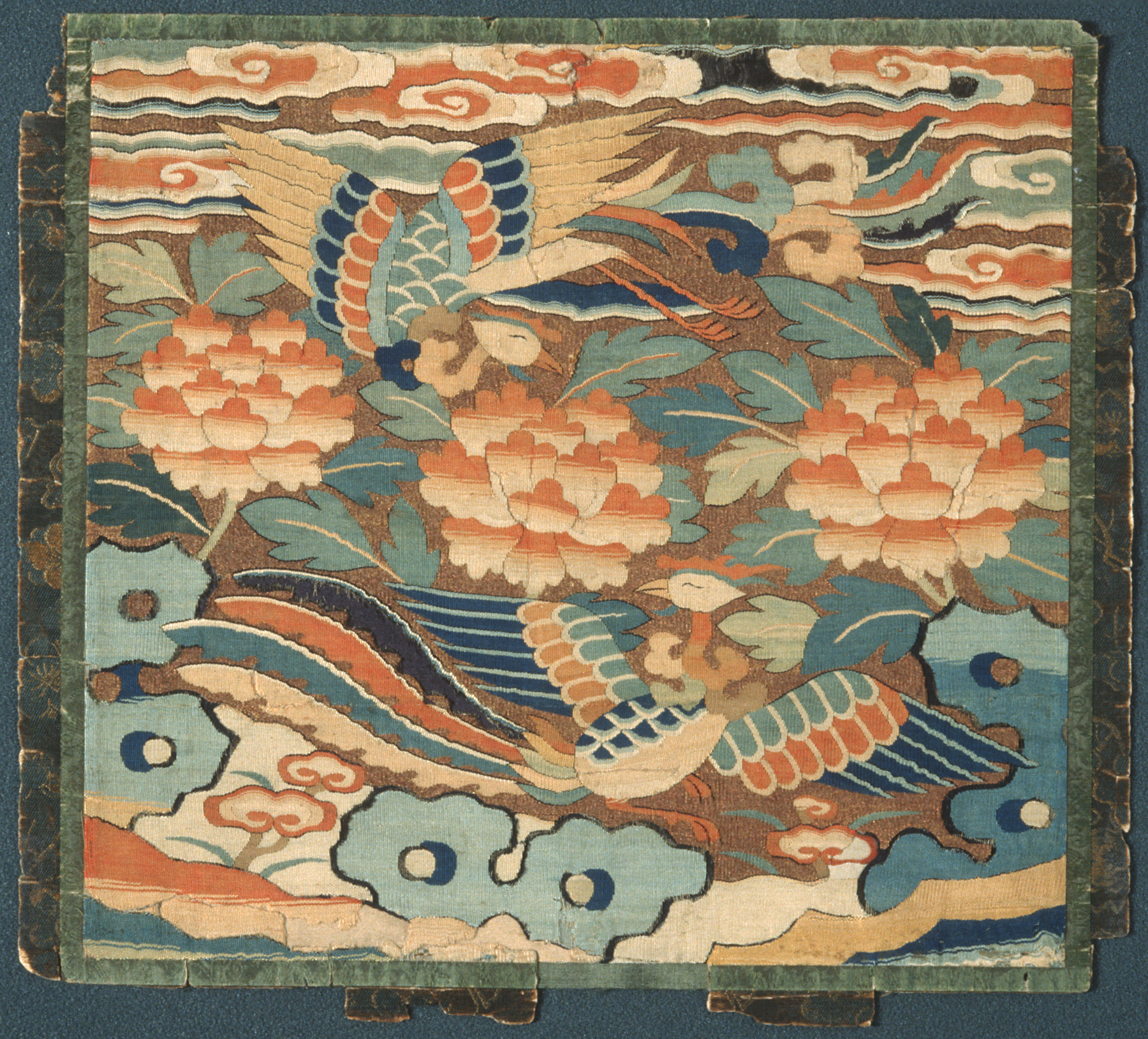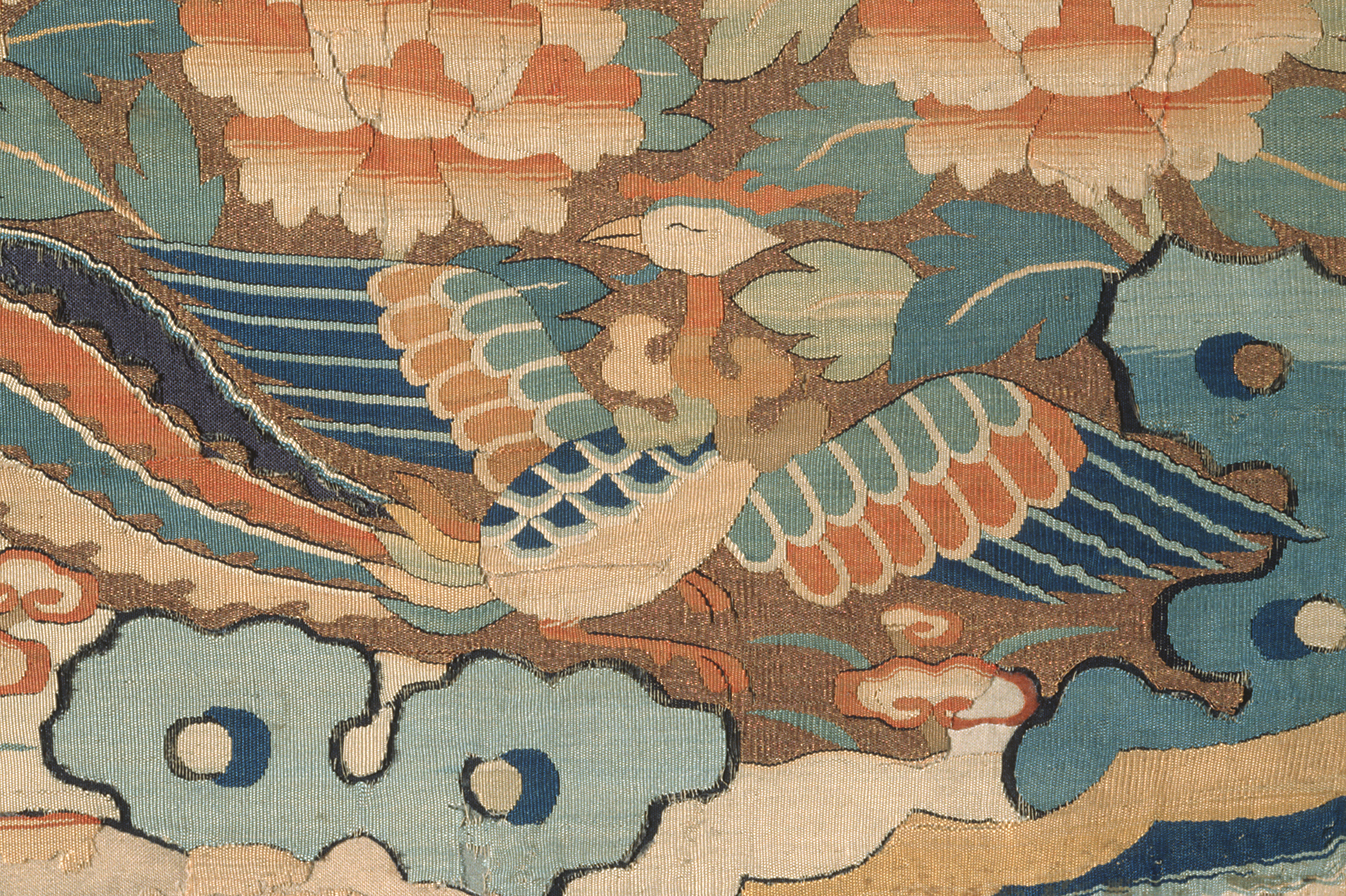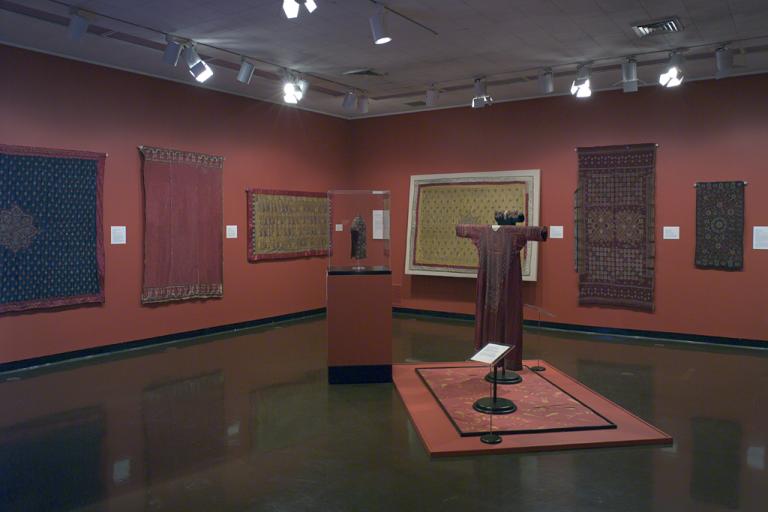phoenix rank badge, unknown maker from China
Artwork Overview
phoenix rank badge
, late 1400s–early 1500s, Ming dynasty (1368–1644)
Where object was made: China
Material/technique: kesi; silk thread; gold thread
Credit line: Museum purchase: R. Charles and Mary Margaret Clevenger Fund
Accession number: 1999.0199
Not on display
If you wish to reproduce this image, please submit an image request




